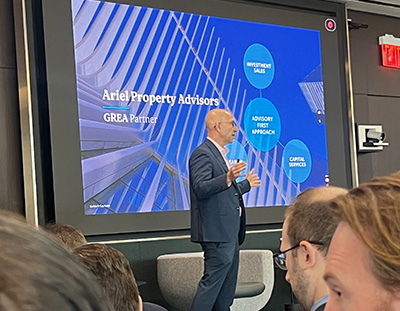Fed Wants Clarity Before Cutting Interest Rates
In an unusual development, two FOMC members voted to cut the benchmark rate.

The Federal Open Markets Committee kept the current federal funds rate at a range of 4.25 percent to 4.5 percent at the end of its meeting on Wednesday. The range has been in effect since December, and the Fed has been hesitant to make adjustments without seeing the desired signals in the data.
FOMC’s main goal continues to be improving the employment rate and reaching a target 2 percent inflation rate, which the committee cited in May when declining to adjust the benchmark range. While employment is high and the inflation rate is just above 2 percent, the Fed is still holding out to see the effect of tariffs on the economy.
Since March, Fed Chair Jerome Powell has expressed uncertainty about the impacts of economic policy. This central bank continues to balance risks, the evolving economic outlook and data that aligns with its long-term goals.
“For the time being, we are well-positioned to learn more about the likely position of the economy and the evolving balance of risks before adjusting our policy stance.” Powell said at the press conference.
In its statement on the decision, the Committee reaffirmed its readiness to adjust monetary policy as the potential risks and the Fed’s goals allow. At the next FOMC meeting in mid-September, it will consider such indicators as labor market and inflation data in its decision on rates.
Analysts stay cautiously optimistic
“In the short term, we expect continued cautious underwriting and a focus on value-add and distressed opportunities.” Jason Wolf, founder & managing principal at Wolf Commercial Real Estate/CORFAC International, told Commercial Property Executive before Wednesday’s announcement. “In the longer term, any signals from the Fed indicating a path to lower rates could act as a catalyst for unlocking sidelined capital and spurring broader market activity.”
Policy changes and uncertainty have slowed down the recovery of the capital markets, but they haven’t halted it, observed Ryan Severino, chief economist & head of research at BGO.
“The ongoing loosening of monetary policy should continue to support this nascent recovery, even if the macroenvironment remains one of slower growth,” he said. “More than halfway through the year, the recovery is proceeding more slowly than we would like, but there is still time on the clock.”







You must be logged in to post a comment.